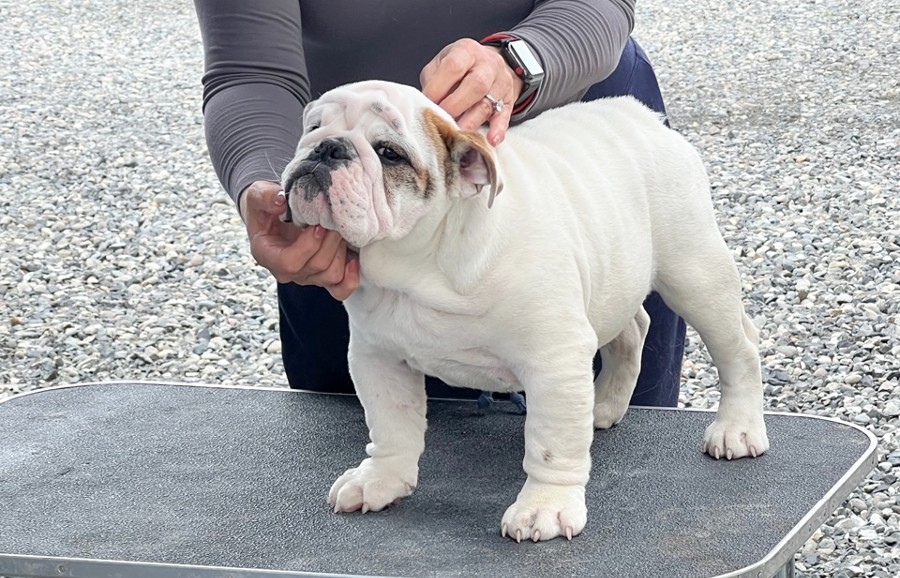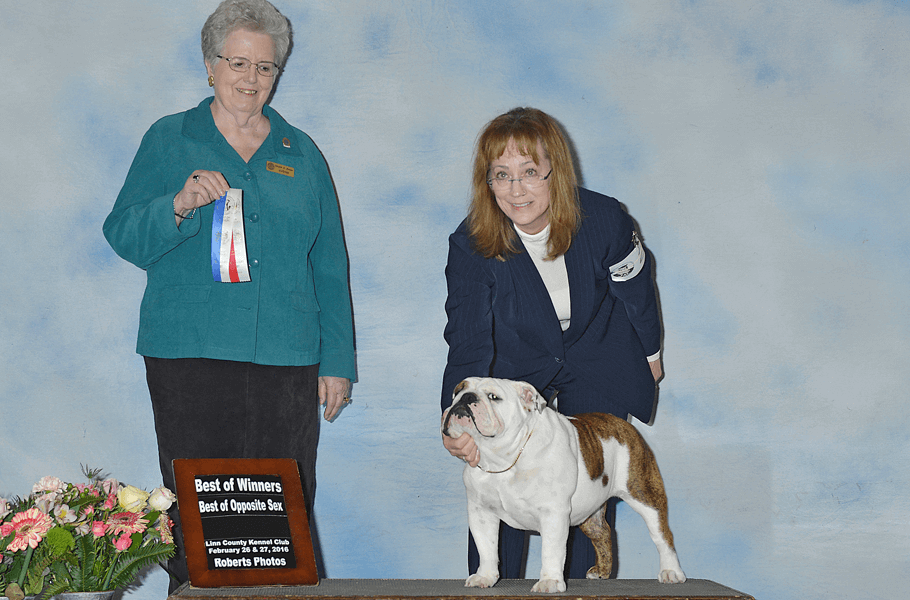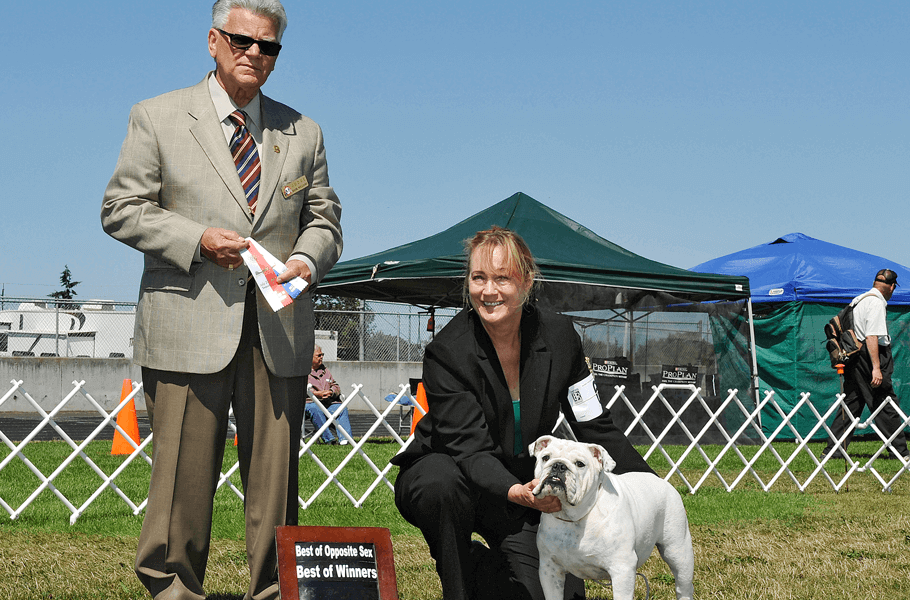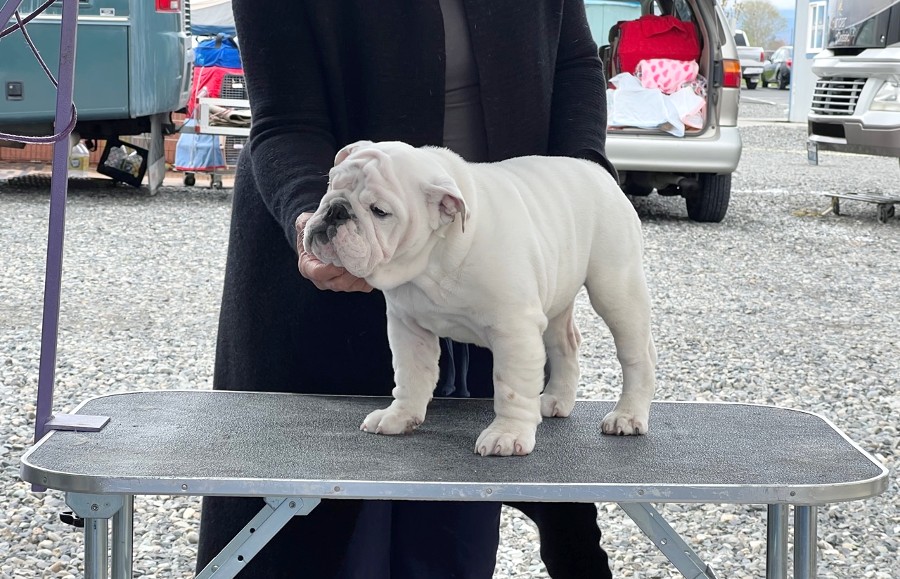When You Lose a Dog Show: How to Start Winning
When You Lose a Dog Show: How to Start Winning
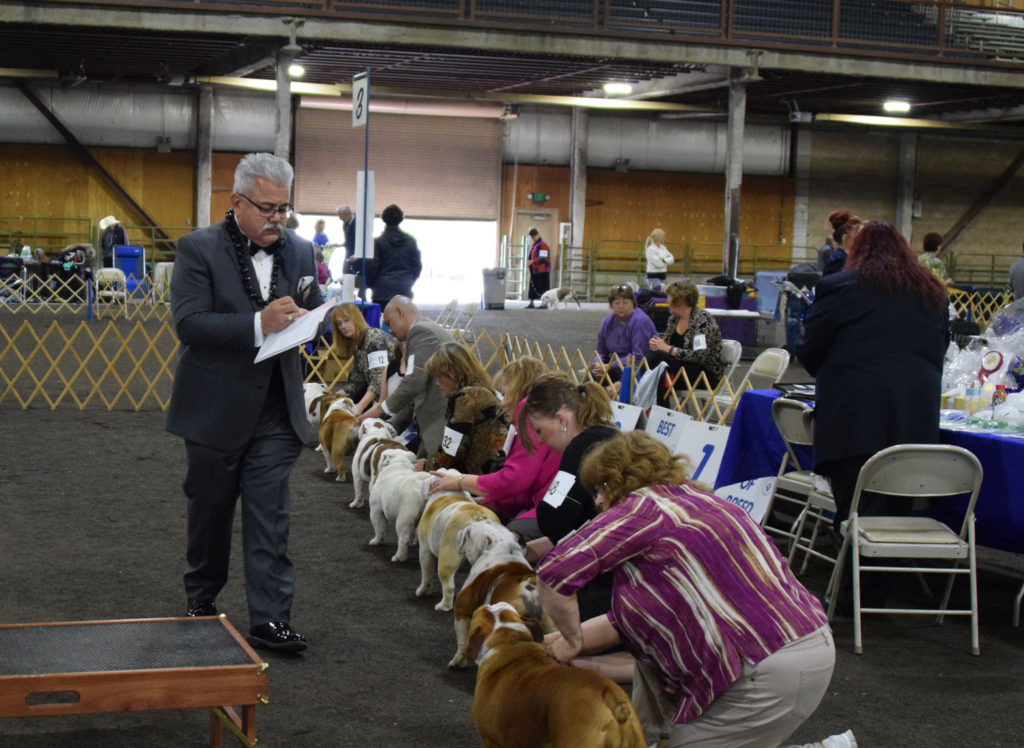
Wildflower the Bulldog competing at a dog show in Washington.
Training a dog for competition takes dedication and patience, which is why it can be frustrating when you lose a dog show, especially if the losses begin to stack up. Sometimes, no matter how much training time you put in beforehand and how well you prepare, you’ll arrive at the day of the show and your dog simply won’t be in the mood to compete. Unfortunately, when that happens, there’s not a lot you can do—Just know that everyone has an off day; it’s normal. Other times, however, there may be a few bad habits you or your dog have picked up along the way that may be hindering your chances of winning.
If you find yourself continually returning home with less-than-stellar performance marks, it may be time to reexamine your strategy. The following are a few tips to put into practice to help your dog turn his losing streak around and start bringing home some “Best in Show” wins.
-
Train without your dog
One key component to winning a dog show is confidence. While the dog must appear confident, so too must his handler! This is why it can help to first practice patterns such as heeling without your dog. You’ll likely feel a little silly at first, but running through the course on your own—paying particular attention to your speed, posture and facial expressions—will make you feel more confident, which can boost your dog’s confidence level as well. This will make him more apt to trust and obey your commands. Dogs are skilled at reading body language and will respond well if their handler appears calm and self-assured.
-
Walk with enthusiasm
Your dog not only feeds off of your confidence, but your enthusiasm as well. Be mindful not to walk at a slow, dawdling pace. Put some pep in your step and exert excitement instead. Your dog will follow suit, and will have fun while doing so—and if you’re dog appears to be enjoying himself, the judges will take note.
-
Train in several different settings
If your dog perfects his commands at home but struggles to stay focused in the ring, it may be because he hasn’t gotten enough practice obeying commands in unfamiliar settings. Getting him accustomed to performing in new surroundings can help him feel more comfortable when it comes time to enter the ring.
-
Use your dog’s name sparingly
If your dog is struggling to follow a command, refrain from repeating his name over and over in hopes that he will catch on. This will likely only frustrate both you and your dog and it won’t win you any points with the judges. Instead, try to make the command simpler for the dog to understand, then say his name, but only to get his attention. Once you have his attention, make sure to follow it immediately with a command, so as not to create confusion.
-
Try switching up your commands
Pay close attention to your dog and become aware of works for him and what doesn’t. If he is having trouble with a command, this may mean that you need to switch your phrasing. For example, if your dog isn’t responding to the typical “Heel” command, you might want to change it to “Let’s go.” Some dogs also have trouble differentiating “Sit” and “Stay” (they both have ‘s’ and ‘t’ sounds), which is why some trainers prefer to use “Wait” instead to help eliminate confusion. No matter which phrase you choose, make sure to keep your tone warm and encouraging.
-
Walk through the course on your own first
Be sure to walk through the course on your own beforehand—and do so several times. The first time you do a walk-through, just focus on the general feel and flow of the course. On the second walk-through, focus on the stations and obstacles and plot how you’ll handle each move. Then, on the third walk-through, make note of any areas you believe may prove difficult, then practice the commands you would like to use in these areas.
After you’ve gotten a sufficient sense of the course and have developed a strategy, you can begin practicing with your dog by your side.
-
Re-read the event rules
If you’ve followed all these tips and find your losing streak still hasn’t improved, it could be time to reexamine the event rules. Every event is different and what may be considered acceptable in one event may not hold true for another. Study the rules thoroughly, paying close attention to which commands you’re allowed to use and how often you’re allowed to use them.
Cascade Bulldogs is a bulldog blog featuring Snow White, Wildflower and Declan, three show dog bulldogs who live in the Seattle, Washington area. Our blog features useful tips on how to care for, train and show bulldogs (also commonly referred to as “English” or “British” bulldogs) as well as cute photos of Snow White’s adorable litter of puppies.
For more information on showing bulldogs, read our posts:





